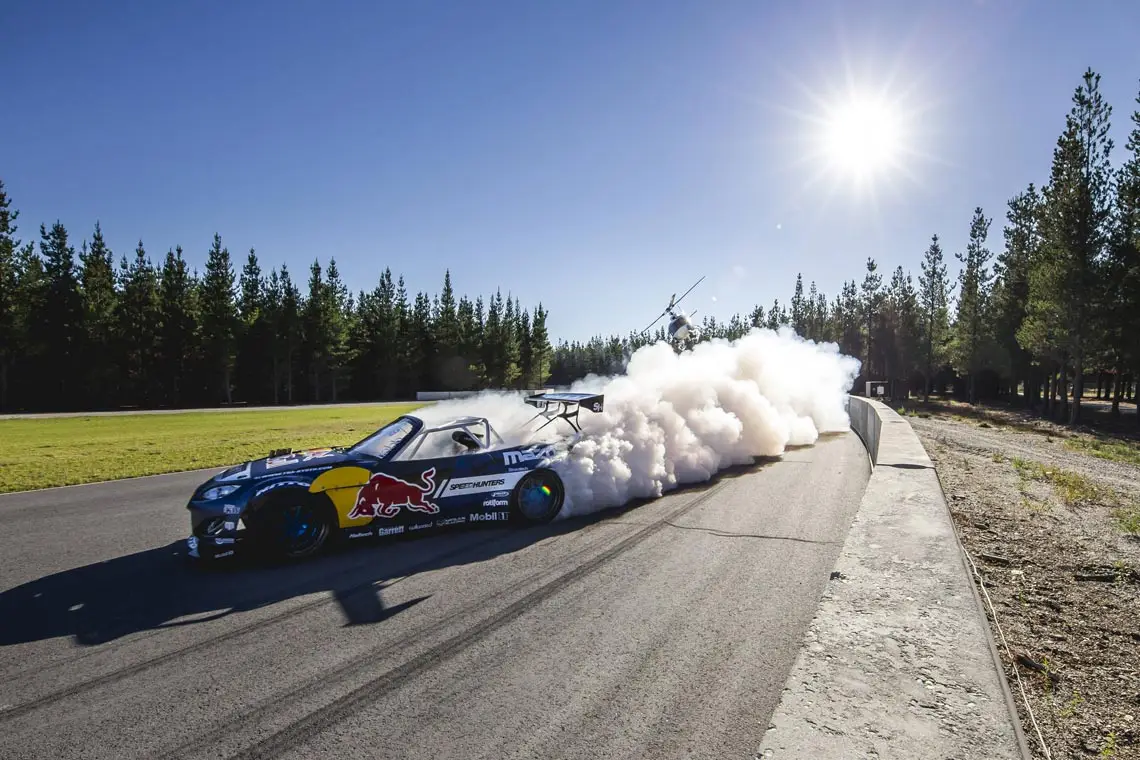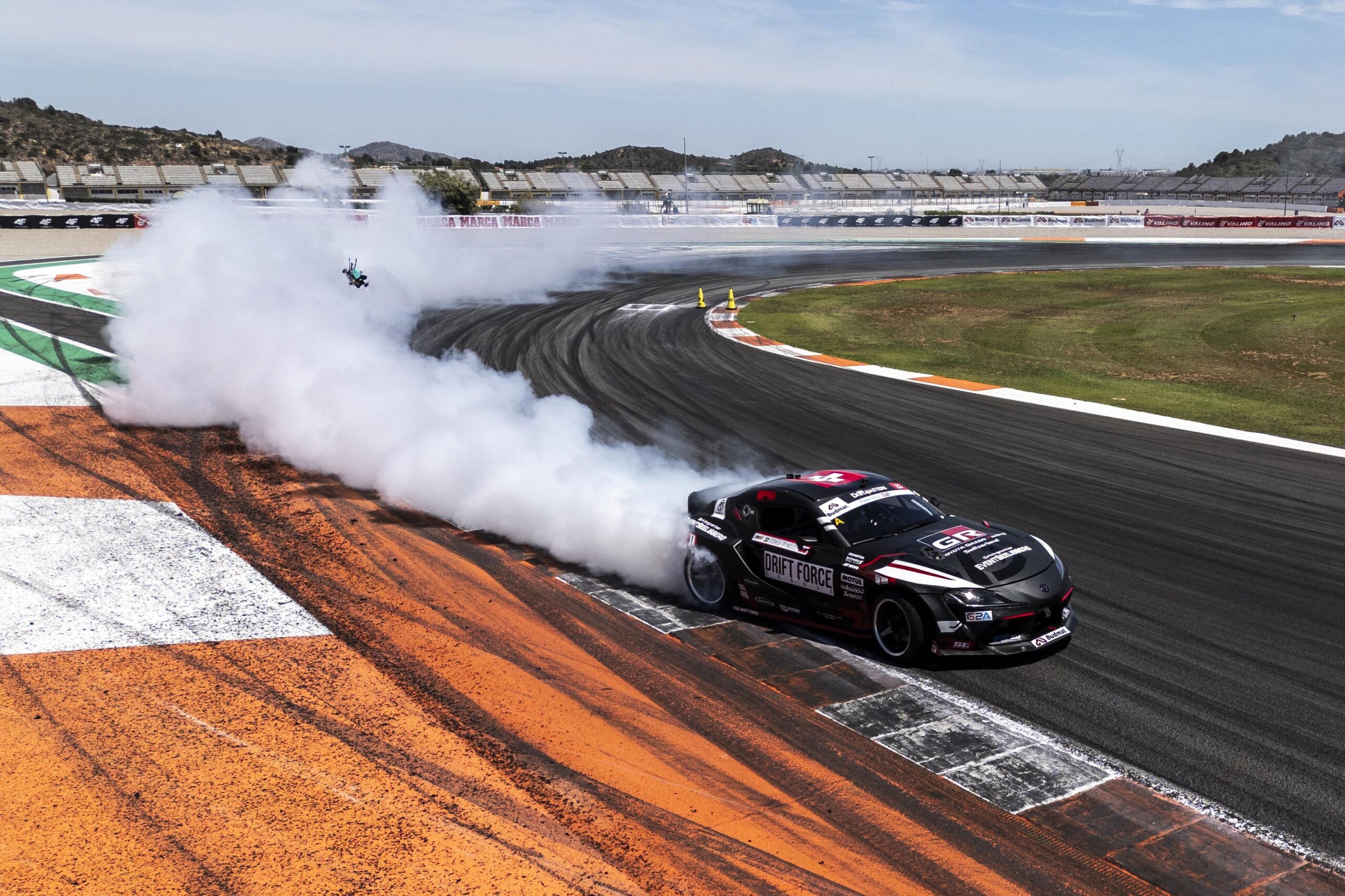Discover drifting’s Japanese roots, from Kunimitsu Takahashi to the global scene. Explore its innovations, cultural influence, and future in electric racing.
The Fascinating History of Drifting: From Japan to Global Icon
Drifting, as we know it today, owes much of its roots to Japan, where it began as a technique for improving lap times and quickly evolved into an iconic motorsport. The origins of drifting trace back to the 1970s in Japan’s mountainous regions, where Kunimitsu Takahashi pioneered the technique. Initially used by racers to gain better traction through tight corners, drifting soon transformed into a form of expression and skill that captivated car enthusiasts across the globe.
In the 1980s, Keiichi Tsuchiya, known as the ‘Drift King,’ brought drifting into the mainstream, turning it into a cultural phenomenon. Tsuchiya’s driving style, which combined skill and flair, attracted a massive following. By the year 2000, the creation of the D1 Grand Prix further solidified drifting’s global presence, offering a competitive stage for drifters to showcase their talents and creativity, spreading Japan’s drifting influence worldwide.
Japanese Automakers and Technological Innovations
Japanese car manufacturers, such as Toyota, Nissan, and Mazda, played a crucial role in the rise of drifting by designing vehicles that were perfectly suited for the sport. Cars like the Toyota AE86, Nissan Silvia, and Mazda RX-7 became synonymous with drifting due to their rear-wheel-drive systems, excellent balance, and strong potential for modification. These models helped elevate drifting from a racing technique to a lifestyle embraced by enthusiasts.
Moreover, Japan’s performance parts companies led the charge in creating advanced technologies that enhanced drifting performance. Innovations like improved suspension systems, turbocharging, and tuning software enabled drifters to control their cars with precision, pushing the limits of the sport.
The Cultural Impact of Drifting
Drifting in Japan is more than just a motorsport—it is a deeply rooted subculture. The emphasis on mastery, respect for fellow competitors, and a continual quest for perfection mirrors the values ingrained in Japanese society. This philosophy has not only shaped the drifting community in Japan but has also influenced drifting cultures globally.
The Japanese drifting scene became a social movement, where camaraderie, shared learning, and respect for technique were paramount. These values have resonated with car cultures around the world, making drifting a global phenomenon. As drifting evolved, its aesthetic appeal—vehicles with intricate designs, custom modifications, and the interactions between drivers and fans—became a defining feature of the sport.
Economic Influence and Global Reach
Drifting’s rapid rise created a thriving economy, particularly in Japan, where the sport’s popularity fueled the sale of cars, parts, and accessories. Manufacturers of drifting-related components saw a surge in demand, while competitions attracted lucrative sponsorships and large audiences. This contributed significantly to the automotive sector and local economies, further establishing drifting as an integral part of Japanese car culture.
On the global stage, drifting’s influence spread far beyond Japan’s borders. Drifting competitions were held in countries across the world, and international markets for vehicles, parts, and accessories grew. Japanese brands became synonymous with the sport, creating new opportunities for collaboration and expanding the drifting economy worldwide.
Drifting Regulations and Global Integration
Regulations in Japan played a critical role in making drifting a recognized and legitimate sport. Strict safety standards and competition rules were established to ensure professionalism and fairness, setting the groundwork for drifting’s international success. As the sport gained global traction, many countries adapted these Japanese standards, allowing drifting to flourish in new regions while maintaining a focus on safety and integrity.
International competitions saw Japanese drivers competing against the best from other nations, further blending cultures and techniques. These cross-border exchanges enriched the sport and helped solidify drifting as a global phenomenon.
Education, Mentoring, and Future Talent
In Japan, driving schools and workshops were instrumental in cultivating new talent. These institutions not only taught the technical aspects of drifting but also emphasized the importance of the sport’s cultural values. Veteran drifters often take on mentoring roles, passing down their knowledge to the next generation of drivers. This cycle of learning, teaching, and improving ensures that drifting’s legacy continues to thrive in Japan and beyond.
Drifting’s Influence in Media and Popular Culture
The global recognition of drifting was boosted by its portrayal in media, notably the anime Initial D and the blockbuster movie The Fast and the Furious: Tokyo Drift. These depictions captured drifting’s unique appeal, inspiring new generations of fans. In addition, social media platforms have provided a space for drifting enthusiasts worldwide to share videos, tutorials, and experiences, further promoting the sport.
These media portrayals have reshaped how drifting is viewed, transforming it into a mainstream cultural phenomenon and connecting a diverse, global community of fans.
The Future of Drifting: Electric and Autonomous Vehicles
Looking ahead, the future of drifting faces new challenges and opportunities with the rise of electric and autonomous vehicles. Japan, known for its innovation, is well-positioned to integrate these technologies into drifting, possibly creating a new era of electric drifting competitions. These advancements could lead to vehicles that offer enhanced drifting capabilities and sustainable racing formats.
As electric and autonomous vehicles gain traction in the automotive world, the drifting community will adapt to maintain the sport’s relevance. New technological developments will keep the sport exciting while preserving its rich history and cultural significance.
Japanese Drifting: A Global Legacy
The legacy of Japanese drifting is undeniable. Not only has Japan exported its drifting techniques and cars, but it has also shared a philosophy and culture that has influenced drifting communities around the world. This continuous exchange of ideas between Japan and other nations has made drifting an international sport, uniting car enthusiasts under a common passion.
With its deep cultural roots, innovative spirit, and widespread appeal, Japanese drifting continues to inspire drivers and fans alike, ensuring its place in the future of motorsports.










